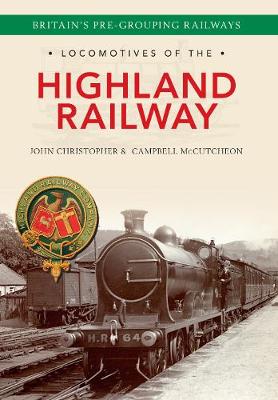Locomotives of the ...
2 total works
Locomotives of the London Brighton & South Coast Railway 1839-1903
by John Christopher
Published 15 February 2014
The London Brighton & South Coast Railway - also known as the 'Brighton Line' - was an important pre-grouping railway covering a triangular territory with London at its apex and the Sussex and Surrey coast at its base. Many of the early locomotives were acquired through amalgamations with other companies. Under a trio of chief mechanical engineers, including John Craven, William Stroudley, Robert and Lawson Billington, father and son, and Douglas Earle Marsh the company built or purchased well over 1,000 steam locomotives, many of which were handed over to the Southern Railway in the 1923 grouping of Britain's independent railway companies. To this day the former LBSCR lines form the backbone of the south east coast network. This account covers the years 1839 - 1903. This fascinating account of the LBSCR's locomotives was originally published in 1903, and is profusely illustrated with over 140 line drawings.
Locomotives of the Highland Railway
by John Christopher and Campbell McCutcheon
Published 15 February 2014
Formed from the merger of the Inverness & Aberdeen Junction and the Inverness & Perth Junction railways in 1865, the Highland ran from Perth in Central Scotland north to Inverness and then on up to Wick and Thurso. From Dingwall it ran west to Kyle of Lochalsh to serve Skye and the Western Isles. Another line ran east from Inverness to Keith, where it connected with the line to Aberdeen. Several branches were built to serve nearby towns. In addition to inheriting several locomotives from its constituent companies, the Highland Railway was renowned for its distinctive stable of locomotives. Many of these were built at the company's works at Lochgorm, Inverness. Locomotive superintendents for the HR were William Barclay, William Stroudley, David Jones, Peter Drummond, F. G. Smith and Christopher Cumming. Jones and Cumming in particular produced some outstanding designs such as the F 'Bruce', Strath, Jones Goods, the Small and Large Ben (mountain), the K 'Barney' classes, not to mention the Snaigows and the Clans. They included not only the large named trains for passenger services, but also the humble shunters. A fascinating new archive of the Highland Railway's locomotives featuring over 150 photographs and images.

